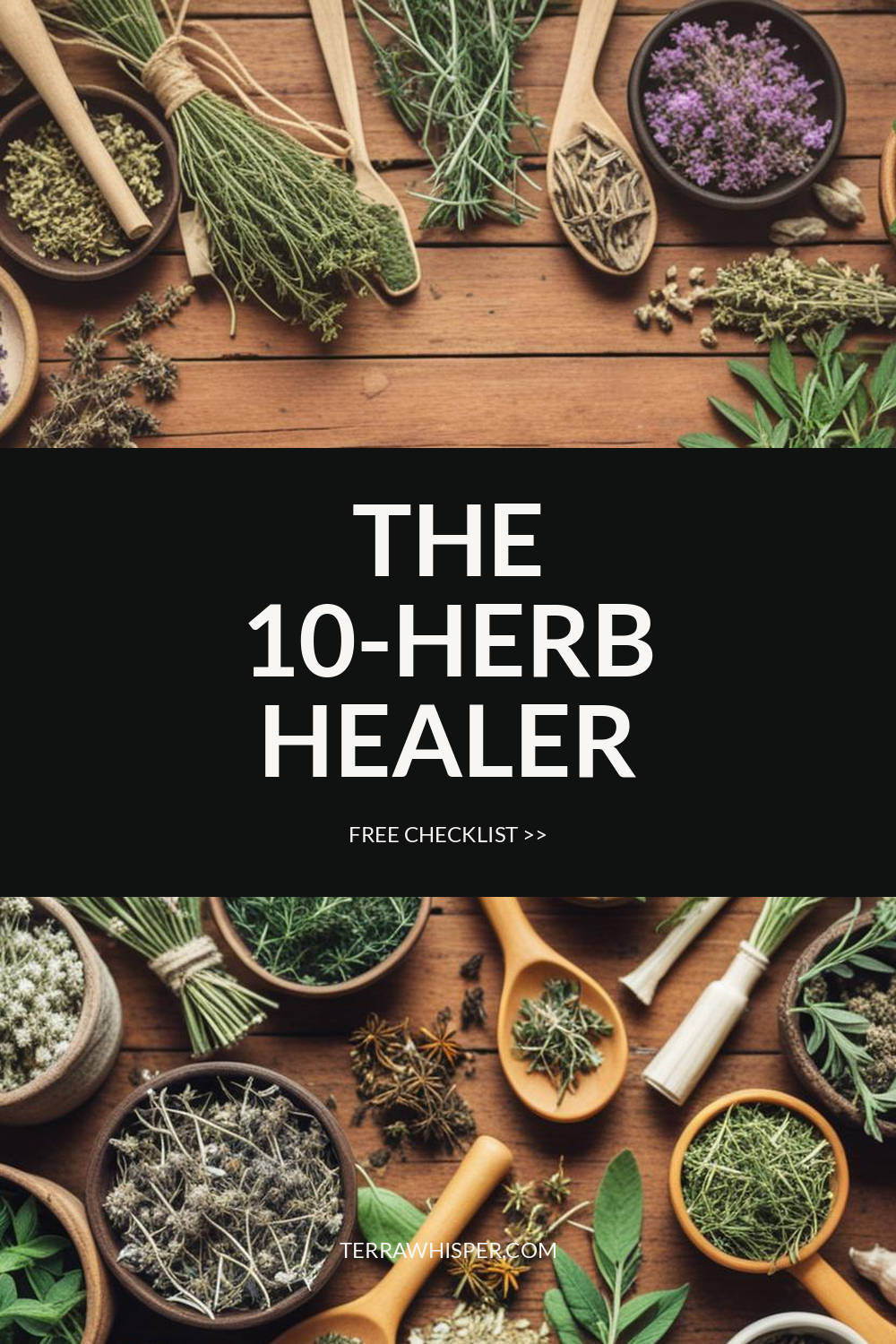St. John'S Wort (Hypericum Perforatum)
Information Reliability Score: 2/10
This score reflects the overall reliability of the information presented in this article. It is based on the quality of scientific evidence, accuracy of sources, and the transparency of references related to Hypericum perforatum.
St. John's Wort, scientifically known as Hypericum perforatum, is a flowering plant native to Europe, Asia, and North America, commonly used as a medicinal herb and adaptogen. It is renowned for its primary benefits in treating mild to moderate depression, anxiety, and sleep disorders due to its active compounds like hypericin and hyperforin. Historically, it has been used in traditional medicine for centuries, with ancient Greeks and Romans employing it to treat wounds, inflammation, and even spiritual ailments. In modern wellness practices, it is often used as a natural alternative to antidepressants, though it requires caution due to potential interactions with other medications. One of its unique features is its distinctive reddish-yellow flowers, which bloom in summer, and its historical association with St. John the Baptist, giving it its name.
FREE CHECKLIST
The Only 10 Herbs You Need to Heal 90% of Common Ailments.

